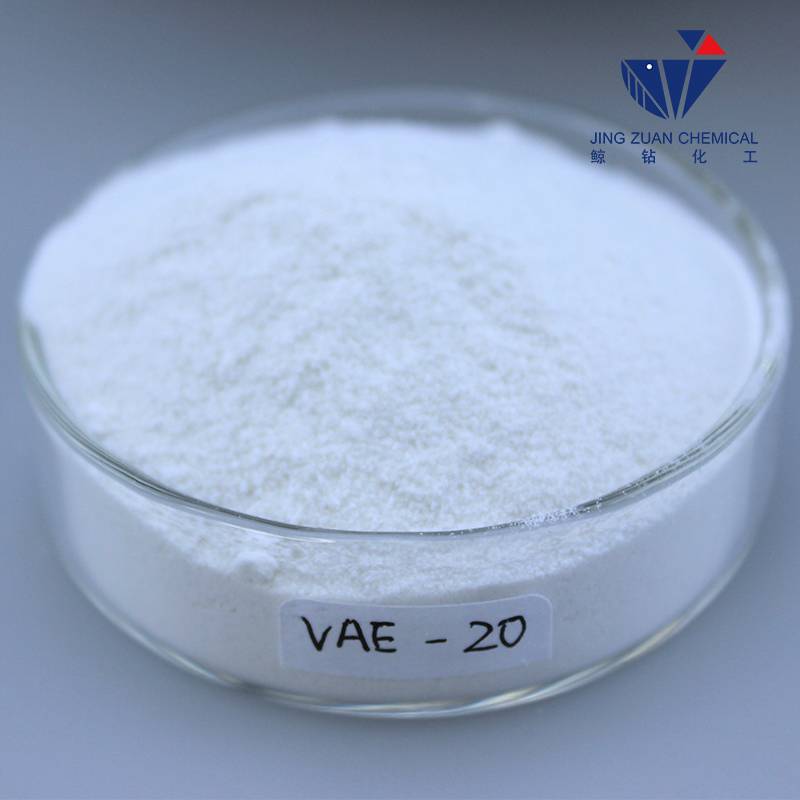
Aug . 16, 2024 22:47 Back to list
Understanding the Significance and Implications of HPMC in Various Applications
Understanding HPMC An Overview of Hydroxypropyl Methylcellulose
Hydroxypropyl methylcellulose, commonly known as HPMC, is a semi-synthetic polymer derived from cellulose. It belongs to the family of cellulose ethers and is widely used in various industries due to its unique properties. This article aims to provide an overview of HPMC, its applications, and the benefits it offers.
What is HPMC?
HPMC is produced by chemically modifying cellulose, which is a natural polymer found in plant cell walls. This modification involves the addition of hydroxypropyl and methyl groups, giving HPMC its distinct properties. As a non-ionic compound, it is soluble in both hot and cold water, forming a transparent gel-like solution. The molecular structure of HPMC allows it to exhibit viscosity, adhesive properties, and film-forming capabilities, making it a valuable material in a variety of applications.
Applications of HPMC
1. Pharmaceutical Industry HPMC is extensively used in the pharmaceutical sector, primarily as a binder in tablet formulations. It helps in drug release control and improves the stability of active pharmaceutical ingredients (APIs). Additionally, HPMC is used in extended-release formulations and as a thickening agent in liquid formulations.
Understanding HPMC An Overview of Hydroxypropyl Methylcellulose
3. Construction The construction industry benefits from HPMC due to its water-retention properties. It is commonly added to cement-based products like mortars and plasters to improve workability and extend open time. HPMC helps in achieving better adhesion and resistance to cracking.
hpmc meaning

4. Cosmetics and Personal Care In the cosmetics industry, HPMC serves as a thickening agent and film former in products such as creams, lotions, and gels. It enhances the texture and provides a smooth application without greasiness. Furthermore, its non-irritating properties make it suitable for sensitive skin formulations.
Benefits of HPMC
- Versatility One of the most significant advantages of HPMC is its versatility. It can be tailored to meet specific viscosity and solubility requirements, making it suitable for a wide range of applications.
- Non-toxic and Biodegradable HPMC is considered safe for human consumption and is non-toxic, making it an excellent choice for food and pharmaceutical products. Moreover, being derived from cellulose, it is biodegradable, aligning with the growing demand for environmentally friendly materials.
- Enhanced Stability In pharmaceutical formulations, HPMC contributes to the stability of the active ingredients, ensuring consistent performance over time. Its moisture-retentive properties help in maintaining product quality even under varying environmental conditions.
- Improved Texture and Stability In food and cosmetic formulations, HPMC enhances the overall texture, providing a desirable mouthfeel in food products and a pleasing application experience in personal care items.
Conclusion
Hydroxypropyl methylcellulose (HPMC) is a remarkable polymer that has found its place across multiple industries due to its unique properties and benefits. From pharmaceuticals to food and cosmetics, HPMC enhances product performance and stability while ensuring safety and environmental sustainability. As research continues to uncover new applications and benefits, HPMC is likely to play an even more significant role in future developments across various fields. Understanding the versatility and utility of HPMC is crucial for anyone involved in product formulation, development, or innovation.
-
Versatile Hpmc Uses in Different Industries
NewsJun.19,2025
-
Redispersible Powder's Role in Enhancing Durability of Construction Products
NewsJun.19,2025
-
Hydroxyethyl Cellulose Applications Driving Green Industrial Processes
NewsJun.19,2025
-
Exploring Different Redispersible Polymer Powder
NewsJun.19,2025
-
Choosing the Right Mortar Bonding Agent
NewsJun.19,2025
-
Applications and Significance of China Hpmc in Modern Industries
NewsJun.19,2025







